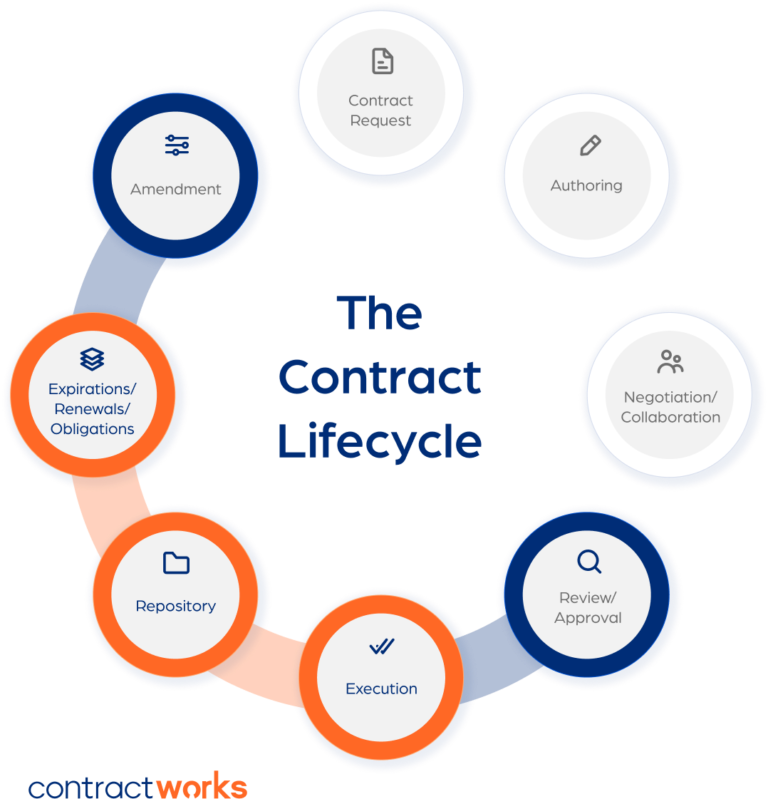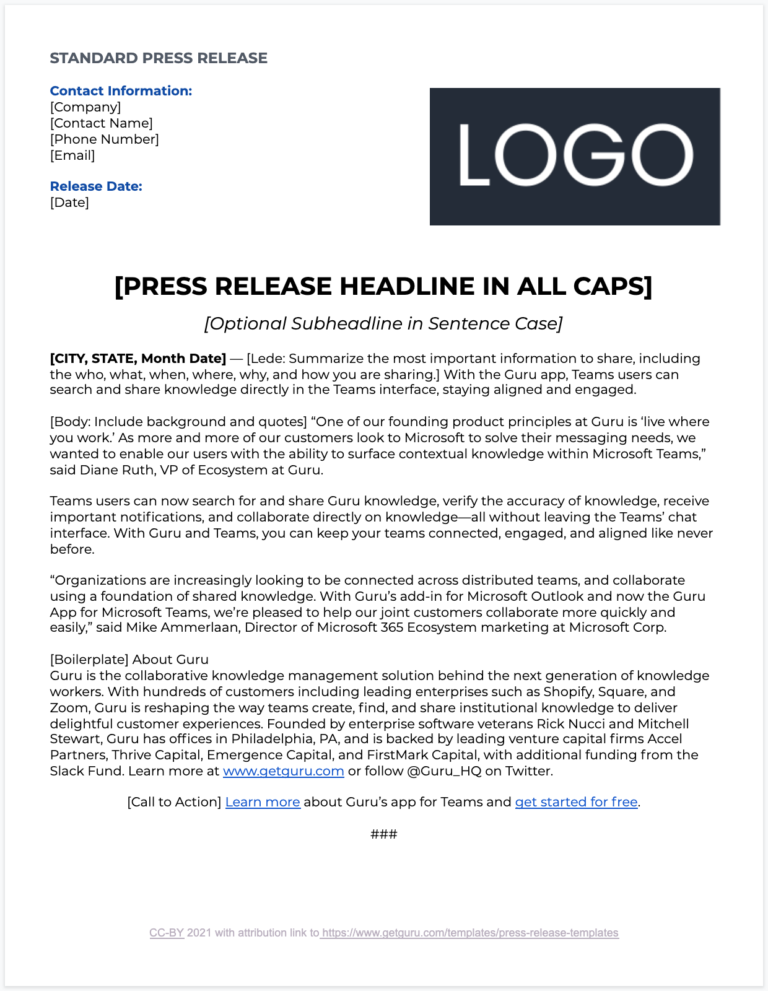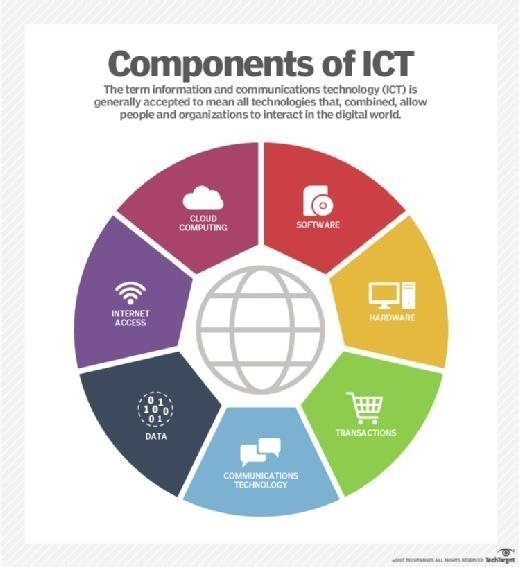What Are The Applications Of Artificial Intelligence In Healthcare And Medical Imaging Analysis?
Artificial Intelligence (AI) is rapidly becoming an integral part of healthcare, enabling healthcare providers to better diagnose, treat, and manage diseases. AI applications in healthcare and medical imaging analysis are used to identify and analyze patterns in medical images, such as X-rays, CT scans, and MRIs. AI applications can be used to recognize the presence of certain diseases, detect abnormalities, and even to predict the likelihood of a disease. AI can also be used to monitor patient health and provide personalized treatments. AI-based technologies are also increasingly being used in medical imaging analysis to improve the accuracy of diagnoses and treatments. AI-based analysis of medical images can help doctors make better and faster decisions about a patient’s care. AI can also be used to detect early signs of disease and to reduce medical errors. AI-based technologies are set to revolutionize healthcare and medical imaging analysis, and the potential benefits of AI in healthcare are immense.
Section 1: Overview of Artificial Intelligence (AI)
in Healthcare
Artificial Intelligence (AI) has revolutionized healthcare, providing new opportunities for medical imaging analysis. AI algorithms allow for the automated interpretation of medical images, the analysis of large amounts of data, and the implementation of personalized treatment plans. In this blog, we will explore the various applications of AI in healthcare, such as the use of AI for medical imaging, diagnosis, and treatment planning. We will also discuss some of the potential challenges and benefits associated with the use of AI in healthcare. Finally, we will provide a brief overview of the current state of AI in healthcare. By the end of this blog, you should have a better understanding of the various applications of AI in healthcare and medical imaging analysis.
Section 2: AI in Healthcare
Artificial Intelligence (AI) has the potential to revolutionize the healthcare industry, primarily in the areas of medical imaging analysis, clinical decision support, and drug development. In particular, AI can be used to diagnose medical conditions more accurately and quickly than humans, and to reduce the cost of healthcare delivery. Additionally, AI has the potential to detect diseases earlier and to provide personalized healthcare to patients. In this section, we will explore the applications of AI in healthcare and medical imaging analysis.
AI can be used to analyze medical images more efficiently. AI algorithms can detect anomalies in medical images such as tumors, fractures, and cysts with greater accuracy than humans. Additionally, AI can be used to identify patterns in medical images which can enable more accurate diagnosis of diseases. AI can also be used to automate tasks such as the labeling of medical images, which can reduce the time and cost required for medical imaging analysis.
AI can also be used to create clinical decision support systems. These systems can use machine learning algorithms to analyze patient data and generate evidence-based recommendations for physicians. AI can also be used to create drug development systems which can be used to discover new drugs with greater accuracy and efficiency than manual methods.
Overall, AI has the potential to revolutionize healthcare delivery and medical imaging analysis. AI can be used to diagnose medical conditions more accurately, to detect diseases earlier, and to reduce the cost of healthcare delivery. Additionally, AI can be used to automate tasks such as medical imaging analysis and drug development.
Section 3: AI in Medical Imaging Analysis
While Artificial Intelligence (AI) has been around for decades, its application in healthcare, and more specifically, medical imaging analysis, is growing rapidly. AI is enabling medical imaging analysis to be more accurate, efficient, and cost-effective. AI-driven medical imaging analysis helps healthcare providers to diagnose and treat diseases faster and with more accuracy.
AI-driven medical imaging analysis is used to identify and diagnose diseases in a faster and more accurate way. AI algorithms can detect and identify patterns in medical images that would be difficult or impossible for human experts to spot. AI-driven medical imaging analysis also helps reduce the workload of healthcare professionals and medical imaging technicians.
AI-driven medical imaging analysis is also used to detect and monitor diseases such as cancer. AI algorithms can analyze medical images and detect cancer cells more effectively than human experts. AI-based medical imaging analysis is also being used to diagnose and monitor other diseases such as cardiovascular diseases and neurological disorders.
AI-driven medical imaging analysis is increasingly being used in research and clinical trials. AI algorithms can help researchers and clinicians to identify patterns in medical images and medical records that can help them to better understand diseases and develop better treatments.
AI-driven medical imaging analysis is becoming an indispensable tool in healthcare and medical imaging analysis. AI is making medical imaging analysis faster, more accurate, and more cost-effective. AI-driven medical imaging analysis is helping healthcare professionals to diagnose and treat diseases faster and more accurately. AI-driven medical imaging analysis is also proving to be invaluable in research and clinical trials.

Section 4: Benefits of AI in Healthcare and Medical Imaging
The application of Artificial Intelligence (AI) in healthcare and medical imaging is revolutionizing the way medical professionals diagnose and treat patients. With AI, medical imaging analysis can be performed with greater accuracy and speed, improving both accuracy and efficiency. AI systems can identify patterns in medical images that would otherwise go unnoticed, and can detect and diagnose diseases earlier than ever before. This can lead to improved patient outcomes and a lower risk of misdiagnoses.
AI can be used to analyze and process large amounts of medical data, including patient records, medical images, and laboratory results. By combining this data with AI algorithms, medical professionals can gain valuable insights into patient health, enabling them to make more accurate diagnoses. AI can also be used to create personalized treatment plans for individual patients, based on their unique medical histories and risk factors.
The use of AI in healthcare and medical imaging is also beneficial for reducing costs. AI systems are able to automate routine tasks and processes, freeing up medical professionals to focus on more complex tasks. AI can also be used to reduce the time and effort spent on administrative tasks, such as insurance claims processing. By reducing administrative costs, hospitals can free up more money to invest in patient care.
Overall, AI is playing a crucial role in transforming healthcare and medical imaging. By leveraging AI-powered technologies, medical professionals can make more accurate diagnoses, create personalized treatment plans, and reduce costs. AI is making healthcare and medical imaging more accessible, efficient, and effective for everyone.
Section 5: Challenges and Limitations of AI in Healthcare and Medical Imaging Analysis
The applications of Artificial Intelligence (AI) in healthcare and medical imaging analysis can be incredibly powerful and effective. However, there are a few key challenges and limitations to consider when utilizing AI in the medical field. Firstly, the accuracy of AI-based medical imaging analysis depends on the quality of data. Poorly labeled data, incomplete datasets, or datasets with incorrect labels can lead to inaccurate results. Additionally, AI algorithms can be expensive and require substantial computational resources. Finally, AI algorithms can be biased if the dataset they are trained on is not properly balanced.
In order to ensure accurate results, healthcare professionals must ensure that the data they are using is of the highest quality and that the algorithms are properly trained and tested before being used in a real-world setting. Additionally, healthcare professionals must take steps to reduce potential bias in the AI algorithms. This can be done by utilizing data augmentation techniques, such as oversampling and undersampling, or by using algorithms specifically designed to be more robust to bias.
Ultimately, the potential of AI in healthcare and medical imaging analysis is immense, but the challenges and limitations must be taken into consideration. Healthcare professionals must ensure that their data is of the highest quality, that their algorithms are properly trained and tested, and that steps are taken to reduce potential bias. With the right approach, AI can be a powerful tool for improving patient care and outcomes.
Section 6: Conclusion
Artificial Intelligence (AI) has revolutionized the healthcare and medical imaging analysis industry. AI has enabled healthcare providers to diagnose diseases faster and more accurately, reduce operational costs, and improve patient care. Additionally, AI has opened up possibilities to create new medical treatments and interventions. AI has helped to automate medical imaging analysis, which reduces the need for manual labor and human errors. AI can also be used to analyze medical data and identify patterns, allowing for more accurate diagnoses and treatments. AI has also allowed medical professionals to better understand the underlying causes of diseases and develop more effective treatments. In conclusion, AI has changed the healthcare industry for the better, making it more efficient, accurate, and cost-effective.
FAQs About the What Are The Applications Of Artificial Intelligence In Healthcare And Medical Imaging Analysis?
Q1: What type of medical imaging analysis can be done with artificial intelligence?
A1: AI can be used in medical imaging analysis for various applications, including computer-aided diagnosis, image processing, 3D image reconstruction, and automated segmentation. AI can be used to identify diseases, detect abnormalities, and diagnose conditions that might otherwise be missed.
Q2: What are the benefits of using AI for medical imaging analysis?
A2: AI-powered medical imaging analysis can provide more accurate, faster, and cost-effective diagnosis and treatments. It can also improve the accuracy of diagnosis and reduce the chances of misdiagnosis. Additionally, AI can reduce the burden of manual analysis and improve the efficiency of medical imaging analysis.
Q3: How is AI being used in healthcare?
A3: AI is being used in healthcare for a variety of applications, such as natural language processing for medical records, machine learning for medical imaging analysis, and predictive analytics for disease diagnosis and treatment. AI can also be used for drug discovery, patient monitoring, and robotic surgery.
Conclusion
The potential applications of Artificial Intelligence (AI) in healthcare and medical imaging analysis are immense. AI and machine learning have already been used to automate medical imaging analysis, detect disease earlier, and improve patient outcomes. AI is also being used to develop new approaches to diagnosis and treatment planning, reduce medical errors, and help healthcare professionals make more informed decisions. The future of AI in healthcare and medical imaging analysis is full of promise and the possibilities are endless. AI will continue to revolutionize healthcare and medical imaging analysis in the years to come.




